Health Topics
You had minimally invasive prostate resection surgery to remove part of your prostate gland because it was enlarged. This article tells you what you need to know to take care of yourself as you recover from the procedure.
When You're in the Hospital
Your procedure was done in your surgeon's office or at an outpatient surgery clinic. You may have stayed in the hospital for a night.
What to Expect at Home
You can do most of your normal activities within a few weeks. You may go home with a urine catheter. Your urine may be bloody at first, but this will go away. You may have bladder pain or spasms for the first 1 to 2 weeks.
Self-care
Drink plenty of water to help flush fluids through your bladder (8 to 10 glasses a day). Avoid coffee, soft drinks, and alcohol. They can irritate your bladder and urethra, the tube that brings urine from your bladder out of your body.
Eat a normal, healthy diet with plenty of fiber. You may get constipation from pain medicines and being less active. You can use a stool softener or fiber supplement to help prevent this problem.
For the first few weeks after surgery, take only the medicines your surgeon and health care provider has told you to take.
- You may need to take antibiotics to help prevent infection.
- Check with your surgeon before taking aspirin, ibuprofen (Advil, Motrin), naproxen (Aleve, Naprosyn), acetaminophen (Tylenol), or any other medicines like these.
You may take showers. But avoid baths if you have a catheter. You can take baths once your catheter is removed. Make sure your surgeon clears you for baths to make sure your incisions are healing well.
You will need to make sure your catheter is working properly. You will also need to know how to empty and clean the tube and the area where it attaches to your body. This can prevent infection or skin irritation. There should be urine draining and filling the bag if the catheter is working properly. Contact your surgeon if you have not seen any urine drain in an hour.
After your catheter is removed:
- You may have some urine leakage (incontinence). This should get better over time. You should have close-to-normal bladder control within a month.
- You will learn exercises that strengthen the muscles in your pelvis. These are called Kegel exercises. You can do these exercises any time you are sitting or lying down.
You will return to your normal routine over time. You should not do any strenuous activity, chores, or lifting (more than 5 pounds or more than 2.3 kilograms) for at least 1 week. You can return to work when you have recovered and are able to do most activities.
- Do not drive until you are no longer taking pain medicines and your surgeon says it is OK. Do not drive while you have a catheter in place. Avoid long car rides until your catheter is removed.
- Avoid sexual activity for 3 to 4 weeks or until the catheter comes out.
When to Call the Doctor
Contact your surgeon if:
- It is hard to breathe
- You have a cough that does not go away
- You cannot drink or eat
- Your temperature is above 100.5°F (38°C)
- Your urine contains a thick, yellow, green, or milky drainage
- You have signs of infection (a burning sensation when you urinate, fever, or chills)
- Your urine stream is not as strong, or you cannot pass any urine at all
- You have pain, redness, or swelling in your legs
While you have a urinary catheter, contact your surgeon if:
- You have pain near the catheter
- You are leaking urine
- You notice more blood in your urine
- Your catheter seems blocked
- You notice grit or stones in your urine
- Your urine smells bad, it is cloudy, or has a different color
Alternative Names
Laser prostatectomy - discharge; Transurethral needle ablation - discharge; TUNA - discharge; Transurethral incision - discharge; TUIP - discharge; Holmium laser enucleation of the prostate - discharge; HoLep - discharge; Interstitial laser coagulation - discharge; ILC - discharge; Photoselective vaporization of the prostate - discharge; PVP - discharge; Transurethral electrovaporization - discharge; TUVP - discharge; Transurethral microwave thermotherapy - discharge; TUMT - discharge; Water vapor therapy (Rezum); Urolift
References
Benjamin TGR, Kreshover JE. Simple prostatectomy. In: Bishoff JT, Kavoussi LR, Kayoussi N, Bishoff T, eds. Atlas of Laparoscopic and Robotic Urologic Surgery. 4th ed. Philadelphia, PA: Elsevier; 2023:chap 30.
Han M, Partin AW. Simple prostatectomy: open and robot assisted laparoscopic approaches. In: Partin AW, Domochowski RR, Kavoussi LR, Peters CA, eds. Campbell-Walsh-Wein Urology. 12th ed. Philadelphia, PA: Elsevier; 2021:chap 147.
Helo S, Welliver C, McVary KT. Minimally invasive and endoscopic management of benign prostatic hyperplasia. In: Partin AW, Domochowski RR, Kavoussi LR, Peters CA, eds. Campbell-Walsh-Wein Urology. 12th ed. Philadelphia, PA: Elsevier; 2021:chap 146.
Review Date 4/1/2025
Updated by: Kelly L. Stratton, MD, FACS, Associate Professor, Department of Urology, University of Oklahoma Health Sciences Center, Oklahoma City, OK. Also reviewed by David C. Dugdale, MD, Medical Director, Brenda Conaway, Editorial Director, and the A.D.A.M. Editorial team.




